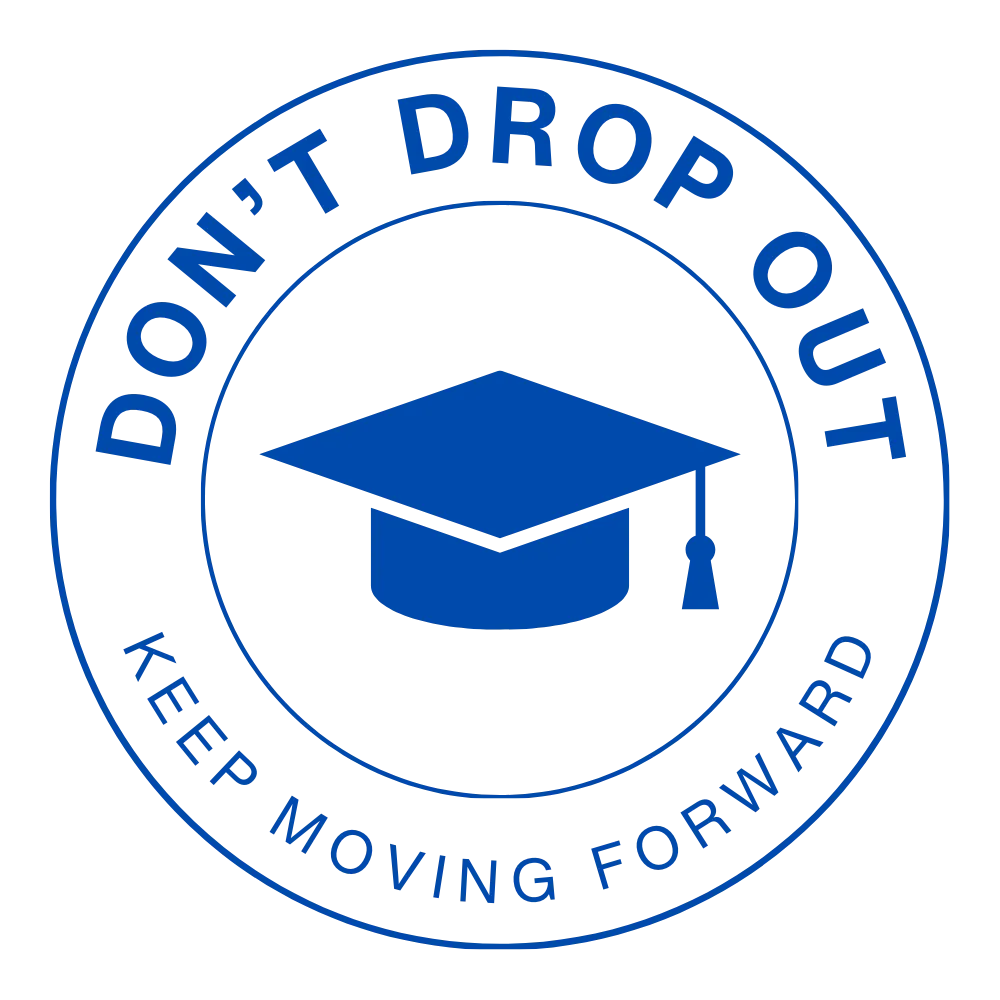BLOGS
Our Latest Articles

Power of Peers
Definition of a Peer Support Program in the School
Specifically, peer support programs can be defined as peer-to-peer interaction in which
individuals who are of approximately the same age take on a helping role, assisting students who
may share related values, experiences and lifestyles. Peer support programs include activities
such as assistance in one-to-one and group settings, academic/educational help, new student aid
and other diverse activities of an interpersonal helping nature. Trained peers can reach out to
peers one-on-one or co-lead groups such as a support group or mental health club to assist
students in the school who are struggling emotionally or socially. They can offer peer support
and encouragement or a referral to a selected adult helper in the school.
Selection of Students
It’s important to include peer helpers who have overcome some of the same mental health issues
(Walker, 2019). Consider selecting students who represent the social and cultural make up of
your students in the school. Be sure to consider students who have experienced some prior
trouble who can relate to those students who have had some behavior issues. Your peer helpers
should be as diverse as the population of the students you serve.
Peer helping programs have increased dramatically over the last fifteen years. Peer programs
now exist in elementary and secondary schools, colleges and universities, hospitals, agencies,
corporations, and senior citizen organizations. Peers can help children and adolescents to feel
capable, understood, and responsible. Peers can influence young people in decision-making skills
to help combat negative peer pressure. In addition peers can enable youth to learn action skills to
prevent substance abuse, enhance self-esteem, reduce loneliness, promote health, and support
academic and personal achievement.
Ways Peers Help Their Peers Who are in Crisis?
School counselors are aware that students often communicate more readily to peers than adults.
Peer support programs can enhance the effectiveness of school counseling programs by
increasing outreach and raising student awareness of services. Through proper selection, training
and supervision, peer support can be a positive influence within the school and community. The
key purpose of a peer mental health program is to assist students who are struggling emotionally,
socially, or academically, with support coming from a peer with whom they can
identify. Research indicates peer support programs are helpful when focused on assisting
students with social/emotional or academic problems and disabilities (Logsdon, et al., 2018),
while promoting protective factors (e.g., developmental assets determined by the Search
Institute). Peer support programs can also help create a positive school culture and connectedness
to the school community for both mentors and mentees (Voight & Nation, 2016) as well as safer
schools (Walker, 2019).
For this reason, it is important to clarify that peer helpers are not there to tell others how to act
or what to do in a given situation. Also, they do not provide therapy or treatment because,
simply, they do not have the needed knowledge to do that. Instead, peer helpers listen, share their
own experiences, discuss possible consequences of a situation, identify possible solutions, but do
not give advice. In short, they help by becoming a confidant for other peers.
It is very important to note that if a student threatens to harm themselves or others, shows
psychotic behavior, or reports abuse, then the peer helper must involve the coordinator of the
program immediately.
Peer helpers roles are determined by the type of training provided as well as school and
community needs.
© 2025 Don't Drop Out. All rights reserved.
Website & Marketing by RelaunchGrowth

